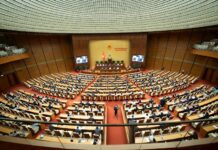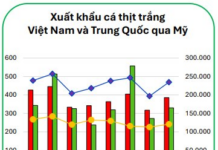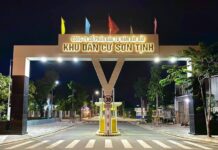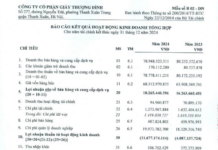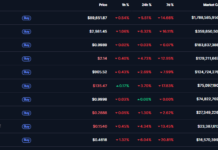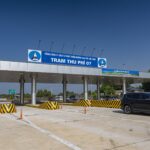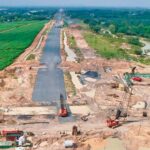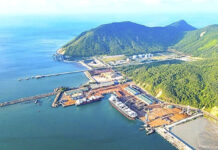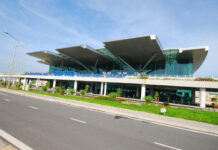The Ministry of Construction has announced the approval of a proposal to exploit the transport infrastructure of the Hoa Lien-Tuy Loan Expressway and several North-South expressways in the Eastern region for the 2021-2025 period. These are all state-invested projects, expected to be completed by 2025.
According to the plan, toll collection will commence on 13 expressways immediately after they become operational, with a seven-year collection period. Following this phase, the managing agency will continue to research appropriate infrastructure management and exploitation methods. The Vietnam Road Administration is assigned to organize toll collection, supervision, and ensure transparency in the process.
The list of 13 expressways includes: Bai Vot – Ham Nghi, Ham Nghi – Vung Ang, Vung Ang – Bung, Bung – Van Ninh, Van Ninh – Cam Lo, Hoa Lien – Tuy Loan, Quang Ngai – Hoai Nhon, Hoai Nhon – Quy Nhon, Quy Nhon – Chi Thanh, Chi Thanh – Van Phong, Van Phong – Nha Trang, Can Tho – Hau Giang, and Hau Giang – Ca Mau.
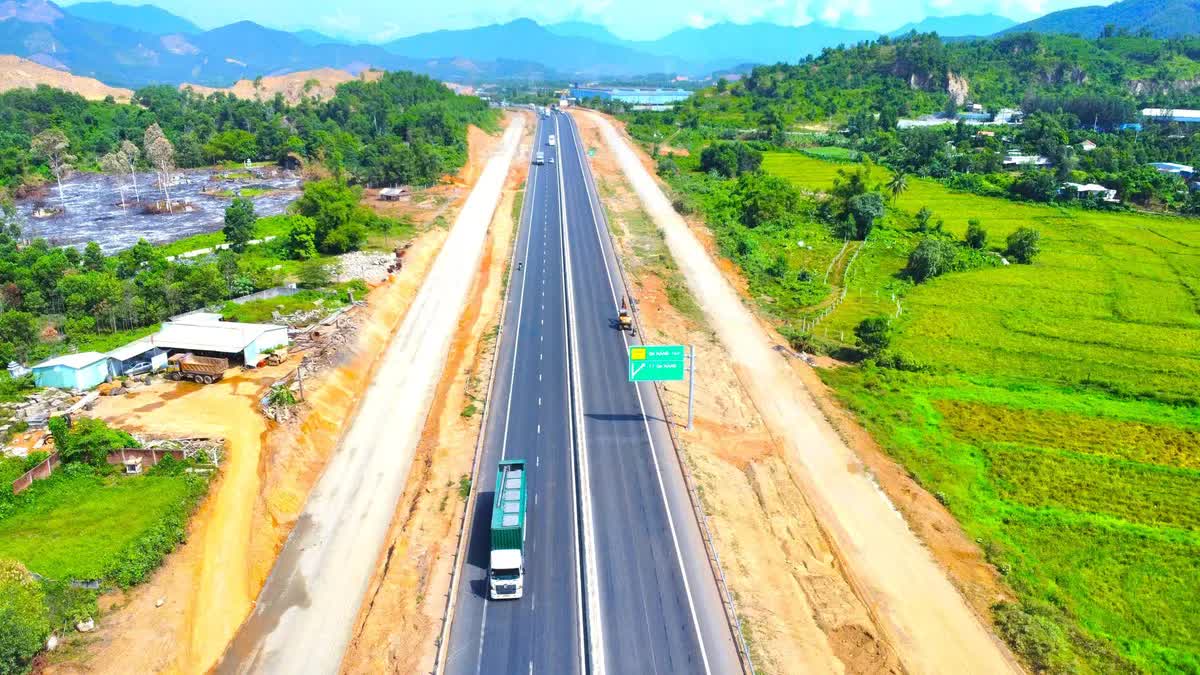
The Hoa Lien-Tuy Loan Expressway was opened to traffic on August 19.
Prior to the approval of this proposal, the Vietnam Road Administration reported that there are currently 29 expressway sections directly managed by the state. Out of these, five have had their infrastructure exploitation proposals approved, and toll collection is expected to begin in January 2026.
Based on Decree 130/2024, the Vietnam Road Administration proposed two fee levels. Level 1 is VND 1,300 per PCU per km for expressways that meet the standard of four lanes and have continuous emergency lanes. Level 2 is VND 900 per PCU per km for expressways that were decided to be invested in before the Law on Roads took effect but do not yet meet the standards, especially regarding emergency lanes.
It is estimated that the implementation of toll collection on these 13 expressways will bring nearly VND 2,500 billion to the state budget annually, after deducting organizational expenses. This revenue will be used for reinvestment, upgrading, and maintenance of the road infrastructure, reducing the burden on the state budget.
The Vietnam Road Administration, along with the road management agencies, will be responsible for managing, collecting, and settling the fees in accordance with regulations. They will also organize inspections of the toll collection activities to ensure proper and full collection and timely payment into the state budget account.
The introduction of toll collection on these 13 new expressways is expected to not only generate additional financial resources for transport infrastructure but also contribute to improving the management mechanism and exploiting public assets towards transparency and efficiency. This is also an important step in the development of a synchronous expressway system nationwide, providing a boost to socio-economic development and regional linkage.
Previously, the Ministry of Construction approved the proposal to exploit the transport infrastructure of five expressway projects in the North-South expressway in the Eastern region, including:
The four projects of Mai Son – QL45, QL45 – Nghi Son, Nghi Son – Dien Chau, and Vinh Hao – Phan Thiet have four lanes, intermittent emergency lanes, and do not fully meet the requirements stipulated in the Law on Roads, so the lowest fee is VND 900 per km.
The Phan Thiet – Dau Giay Expressway meets all the requirements for toll collection (four lanes, continuous emergency lanes) and will have a minimum fee of VND 1,300 per km.
“Tolls on Ben Luc – Long Thanh Expressway: Details on the New Fee Structure Starting August 10th”
The Vietnam Expressway Corporation (VEC) has announced that toll fees will be implemented for vehicles using the Ben Luc – Long Thanh Expressway starting at midnight on August 10, 2025. The announcement provides a detailed breakdown of the toll rates for various types of vehicles, ensuring transparency and clarity for all road users.
The Ultimate Guide to Unlocking Long Thanh Airport’s Connectivity Challenges
When operational in 2026, the Long Thanh International Airport is expected to serve approximately 70,000 passengers daily. This will inevitably place significant strain on the existing transport infrastructure in Dong Nai province.







